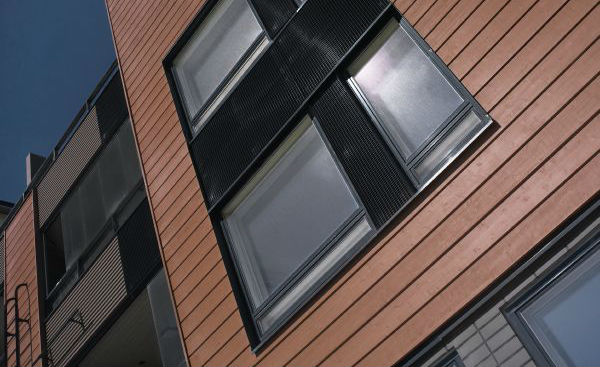
What should an architect know about fire protection before planning a building project involving wood? Olli Prättälä from Siparila reveals all.
Wood is often the building material of choice for schools, daycares, and hospitals because it helps to create a fresh, healthy interior. And with modern finishing products, a wooden building’s fire classification can now be brought in line with today’s safety standards.
But before going ahead with planning, there are a few things to know that may affect how the project moves forward.
1. Check your design meets specifications and complies with regulations
Some fire-retardant products are tested on wood panels without underlying wall frames. This makes it important to plan the structure according to the requirements of the certificate.
Fire-protection products for wood are currently tested with flat boards directly attached to the underlying material. Consequently, authorized certification companies such as Inspecta will only approve fire-protected wood panels directly attached to the underlying material.
Wall structure designs with underlying wall frames – which are almost always used – will not be approved. This issue often only comes up after a quote has already been received, which may lead to additional costs and delays on the contractor’s side.
So always remember to ensure that the fixing of the fire-protected wooden panel is designed according to specifications and that the surface rating of the underlying panel complies with the regulations.
2. The type of wood matters
Fire-retardant products are approved for certain standard materials, including 12 mm chipboard and 9 mm plywood. This is why wooden panels do not automatically get fire-inspector approval: the type of wood matters.
For example, the suitability of glue board-based products should be carefully determined beforehand to avoid buying the wrong materials. If you need fire protection for a less common type of wood you should get in touch with Tikkurila directly.
In addition to wood type, you should also pay attention to delivery times. Fire-retardant treatment can double the delivery time for interior and exterior panels compared to unprotected wooden panels; this should be factored in when planning schedules.
3. The fire-retardant surface needs to be uniform – and currently clear
Fire-protected wooden panels can be delivered with opaque or translucent coating, but fire-retardant approval is only given to clear lacquers. This may change in the future with the introduction of new tests.
For fire safety, it’s most important that the paint film is uniform because if a fire-protected panel is punctured, it’s easier for fire to get underneath the coating. A uniform surface can be ensured with concealed fixing, avoiding the need to drive nails through the panel.
And last but not least, don’t forget to maintain the surface. While long lasting, an industrial coating still requires new surface treatment from time to time to ensure that the fire-protected surface remains compliant.


